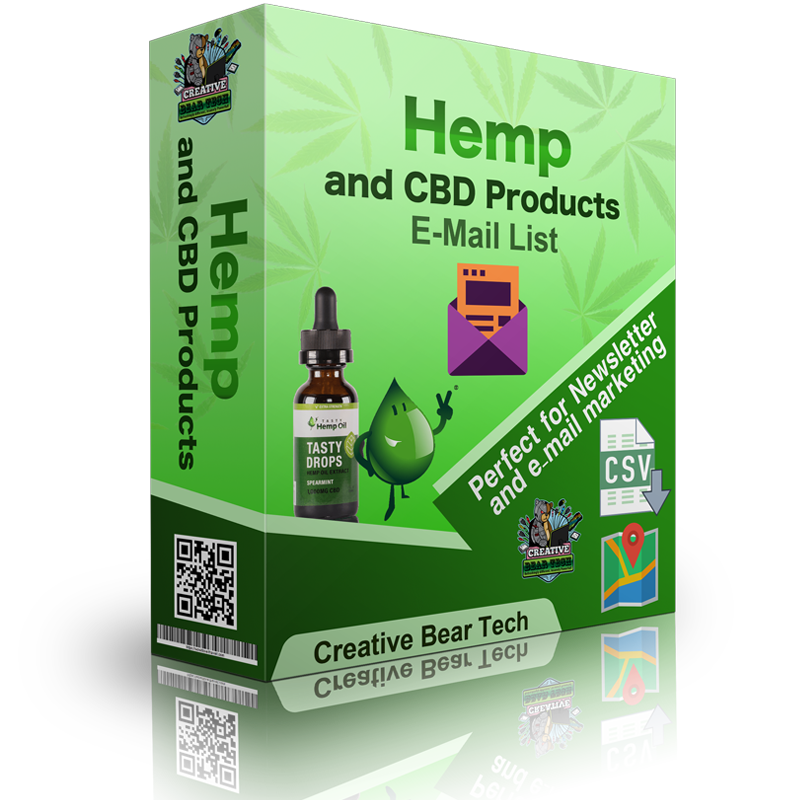3 steps to turn lists into sales leads
What triggers spam on emails? If you’re not segmenting your email list and sending targeted messages just to certain segments, you need to start. Don’t just send the same email to everyone. You want your subscribers and customers to think that you know them better than your competitors ever could. If you’re just sending out blasts to your entire list, your emails are either going to be too niche or too broad. Relevant emails are the ones that get sales and inspire subscribers to take action. If you’re sending the same email to your best customers that you’re sending to your lapsed customers, neither of them is going to feel important. But to be able to send relevant emails, you need to segment your email list.
Why Your Email Open Rate Matters? If your email subscribers aren’t opening your emails that means they’re not getting your marketing messages, they’re not taking action based on your emails, and, ultimately, not becoming customers. All of those stunning email marketing templates and the countless hours you’ve spent writing brilliant email copy are wasted. Your email open-rate helps you understand the percentage of emails that are opened by existing and new subscribers or customers and lets you know how many people are actually seeing the content of your emails. The open rate can give you excellent signals about how your subject lines are performing, how the time you send your emails can make a difference for your specific audience, and if your email marketing is having its desired effect.
Content marketing is a type of digital marketing that focuses on creating and distributing content for a target audience. The content aims at being valuable, relevant, and (ideally) consistent. Its ultimate goal is to drive a profitable customer action. The crucial part here is “valuable” and “relevant”. This is what tells content marketing apart from traditional spammy advertising. The target audience should want to seek the content out and consume it. In the broader sense, content marketing is part of every other digital marketing activity, be it social media marketing, SEO, or email marketing. Quality content should be the core of every other marketing activity you pursue. Some examples of content marketing include: blog posts, videos, podcasts, infographics, white papers, case studies, ebooks. Discover extra info on email design best practices for 2020.
In order to achieve a high inbox rate, you need to ensure that your message is unique on every send. Otherwise, if you are sending the same message to thousands upon thousands of recipients, your message is likely to be flagged up by sophisticated spam filters and never reach the inbox. To overcome this, we have added macros, spintax format and formatting features. You can import the databases that you have scraped using CBT Web Scraper and Email Extractor and then use corresponding macros inside your message. For example, a macro such as %companyname% will replace %companyname% with the company name of each company inside the Excel spreadsheet. This feature is a great way of generating personal and highly targeted messages. You can also add text in spintax format to ensure that your email is unique on every send. Spintax format supports curly brackets and pipes. For example, Good Morning. You can also format your messages for an added visual impact.

What is Local SEO? Local SEO is an act of optimizing your local business website so that you are found for the local searches in Google that are most relevant to your business. What is the difference between local SEO and organic SEO? Organic SEO is the practice of optimizing your business website to make it search-engine compliant, and get it ranked in SERPs for the relevant keywords. Local SEO is more about building relevant signals around a particular location. Organic SEO has its goal to get ranked as high as possible for a set of target keywords whereas local SEO aims to get into the local listing packs.
With any business, but especially within a small business, there are always time and budget constraints. While big businesses can afford to go all out and buy advertising space during the Super Bowl, small businesses don’t have that luxury. Even targeted direct mail campaigns that deliver flyers to nearby mailboxes can be costly. Between designing, printing, and mailing costs, you could spend several dollars per flyer delivery. All this time spent not focusing on your business is lost revenue, and a lost opportunity to connect with your customers on a personal level. One of the most significant advantages of email marketing for small businesses is the efficient use of time and budget. Designing a professional email marketing campaign is not complicated, or time-consuming. Sending emails to many subscribers is also still cost-effective. There is a quick window of opportunity when it comes to customers opening your emails. They see your email in their inbox, and depending on how well the “From name” and subject line resonate, they decide whether to open the email or ignore it. A good open rate means that your customers know your brand well enough to want to hear from you, no matter the time of the day. Find more details at Email Marketing Tutorials.